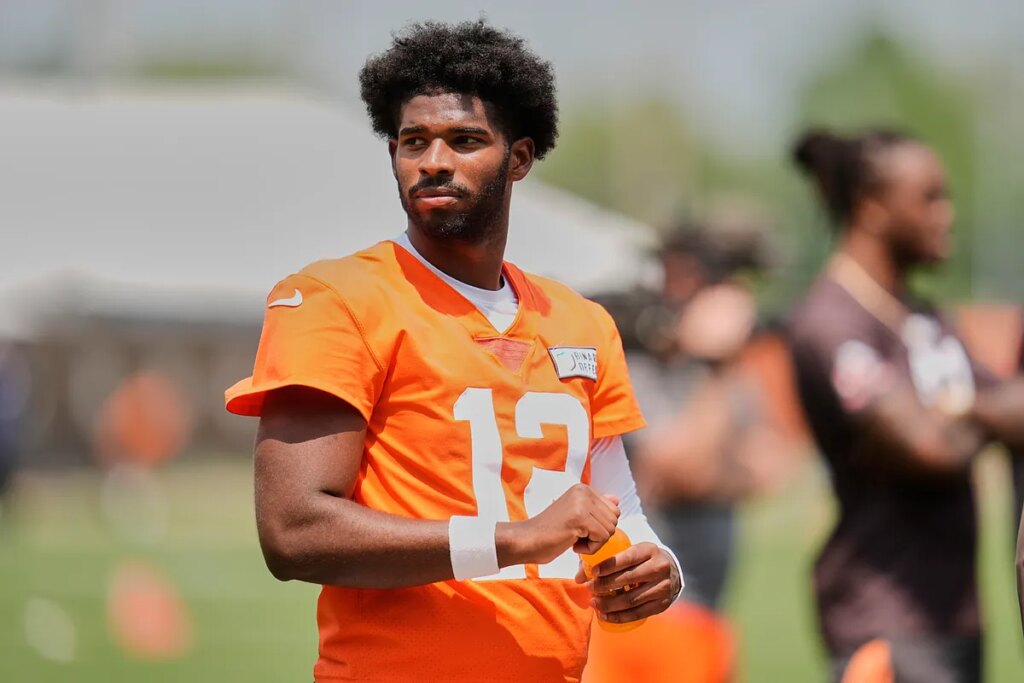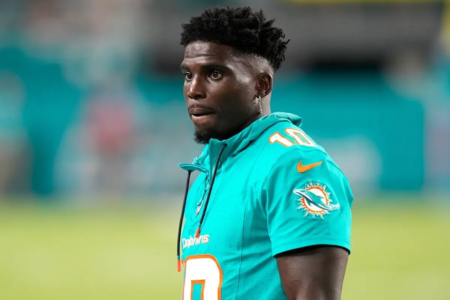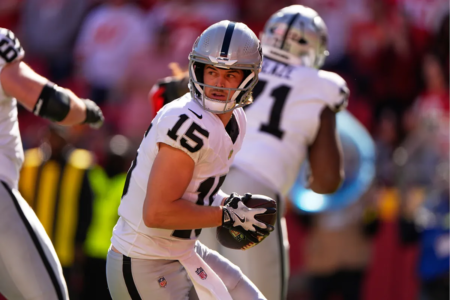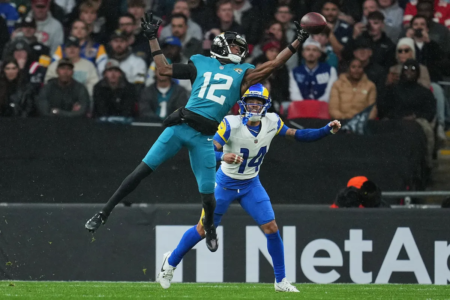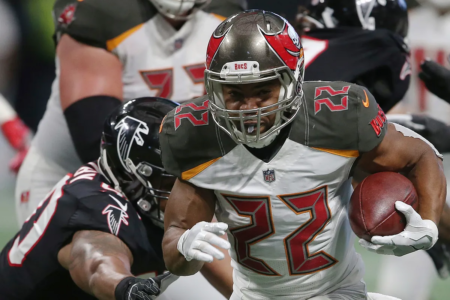When the Cleveland Browns made an unusual move this week, speaking out against the handling of rookie quarterback Shedeur Sanders under head coach Kevin Stefanski, it exposed fault lines within a franchise already in turmoil.
The Browns‘ decision not to bench fellow rookie starter Dillon Gabriel, despite mounting fan pressure to insert Sanders, triggered a rare public critique of Stefanski‘s decision-making.
Sanders, the fifth-round pick out of Colorado, was reportedly warming up on the sideline while Cleveland’s supporters chanted “We want Sanders,” yet Stefanski opted to stick with Gabriel.
The internal pushback comes as the team flounders at 2-5 and growing calls emerge for an urgent shake-up.
Browns’ stance unravels coach’s authority
What’s particularly striking here is that the Browns‘ front office and media relations apparatus have stepped into an arena normally reserved for the coach’s internal prerogative.
That they felt compelled to speak out signals the level of unease surrounding Stefanski’s handling of the quarterback room.
Stefanski reiterated his confidence in Gabriel, highlighting the need for offensive “explosiveness” and emphasizing collective improvement over placing immediate blame on his rookie starter.
“And we’ll continue to try to get him to make those improvements that young players make and also play better around him,” Stefanski said.
Meanwhile, franchise legend Joe Thomas backed the coach, saying: “You want to wait at least until they know enough of the offense … Are they getting rid of the football when they are supposed to? Are they making good decisions?”
Despite that support, media voices aren’t biting. Broadcaster Skip Bayless issued a blistering take, asserting that Stefanski is “out of time” and was mishandling Sanders‘ development.
Cleveland.com reporter Mary Kay Cabot added context: “Sanders has been working on every aspect of his game … and the Browns are eager to see what he can do this season when the time comes.” The question now is: how high up does the dissatisfaction go?
What led to the public push-back?
The circumstances are layered. Following the trade of veteran Joe Flacco and a sluggish start from Gabriel, many expected an opportunity for Sanders to make his mark.
Yet Stefanski‘s refusal to pivot, despite chants of support and the optics of Sanders warming up on the sidelines, opened the door for internal criticism.
This isn’t the only instance of tension. In the preseason, Sanders was pulled before a two-minute drill opportunity, replaced by veteran Tyler Huntley, drawing sharp critiques and accusations that he was being set up to fail.
That moment seems to have compounded the current situation.
From the front-office standpoint, the continued lean on Gabriel while Sanders remains sidelined has become unsustainable given the team’s record.
The public statement from Cleveland appears calibrated to shift some accountability away from the coach and into the open.
Read the full article here





